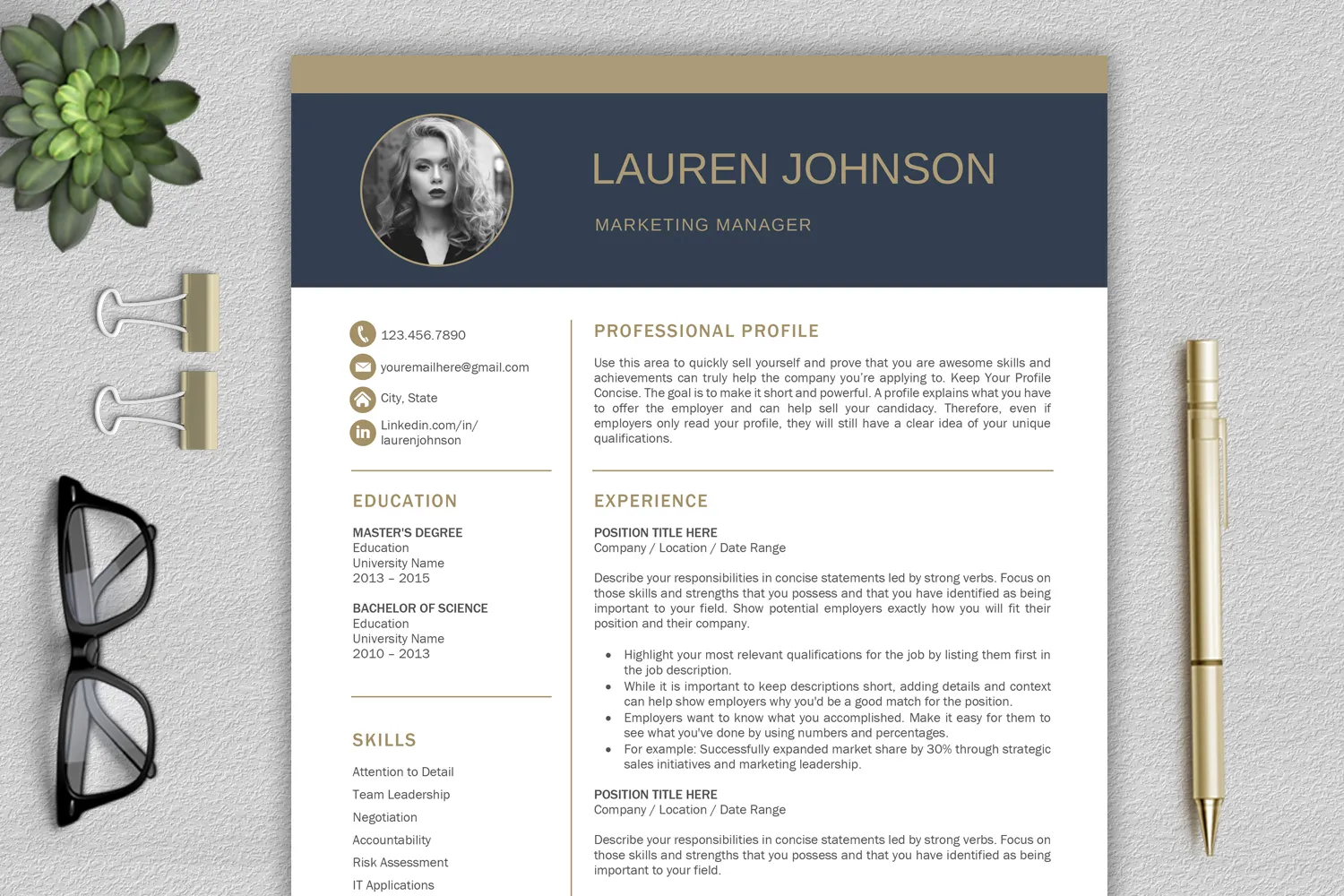Why a Cover Letter Matters
In the competitive job market, a cover letter can be your secret weapon. While your resume provides a snapshot of your experience and skills, a cover letter offers the opportunity to tell your story, explain why you’re the perfect fit for the role, and showcase your personality. It’s a chance to make a strong first impression and convince the hiring manager to read your resume. Many job seekers underestimate the importance of a well-crafted cover letter, but it’s often the deciding factor in whether your application gets noticed. A cover letter allows you to highlight your key qualifications, demonstrate your enthusiasm, and address any potential gaps in your resume. Furthermore, it provides context to your application, showing how your skills and experience align with the specific requirements of the job and the values of the company. Essentially, a cover letter is your opportunity to sell yourself and make a compelling case for why you deserve an interview.
Highlight Your Skills and Experience
Your cover letter should clearly and concisely highlight the skills and experience that are most relevant to the job you’re applying for. Don’t just rehash your resume; instead, focus on the specific qualifications the employer is seeking. Carefully review the job description and identify the key requirements. Then, select a few of your most impressive achievements and skills that directly align with those requirements. Provide specific examples to demonstrate how you’ve successfully used those skills in the past. Use action verbs to describe your accomplishments, and quantify your achievements whenever possible. By tailoring your cover letter to the specific job, you show the hiring manager that you understand the role and are genuinely interested in the opportunity. Remember, your cover letter is not just a summary of your resume; it’s a chance to elaborate on your qualifications and demonstrate why you’re the ideal candidate. It’s also an opportunity to showcase your personality and writing style, making your application more memorable and engaging.
Skills to Emphasize
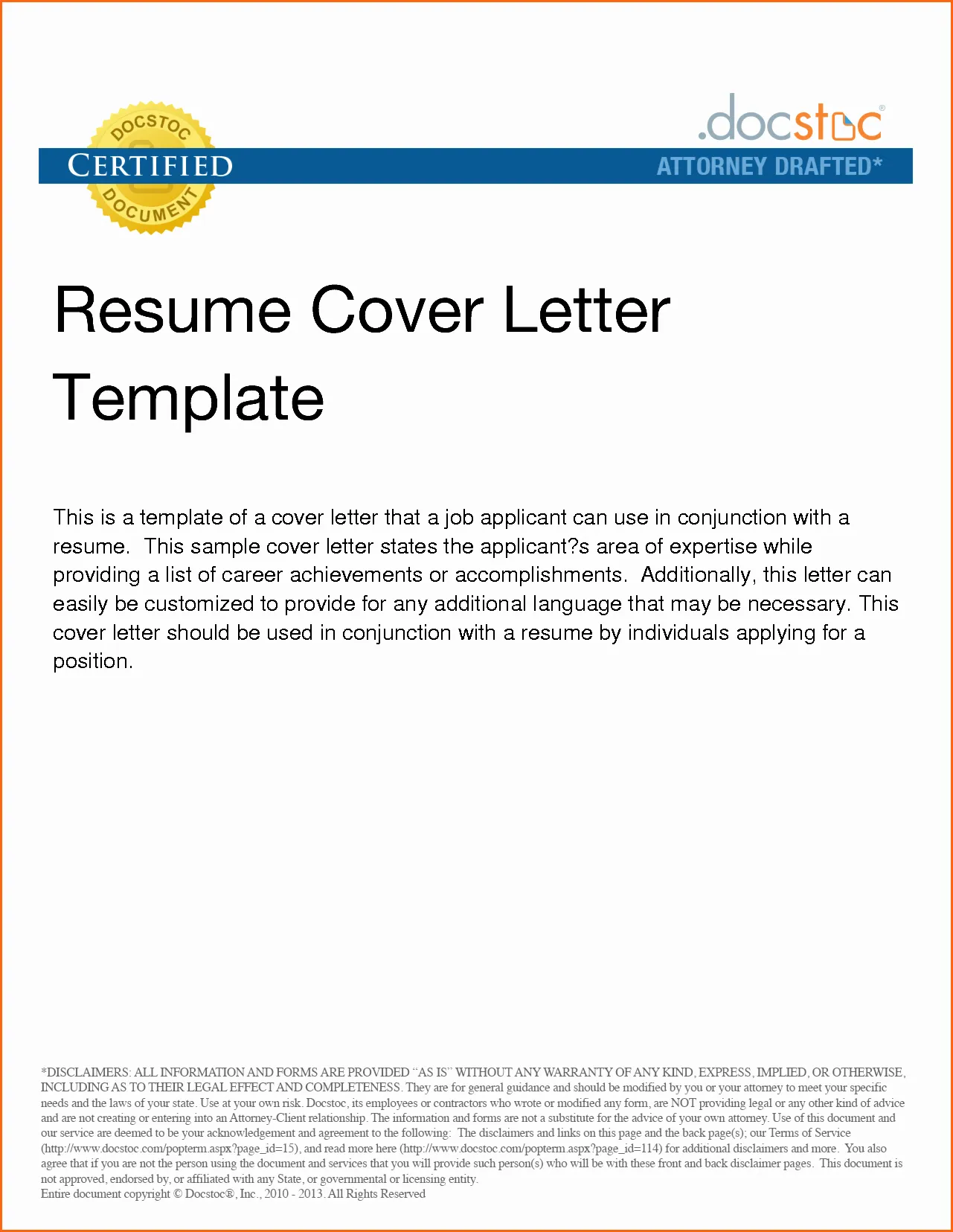
When highlighting your skills, it’s essential to focus on those that are most relevant to the job. Look closely at the job description and identify the key skills and qualifications the employer is looking for. These might include technical skills, such as proficiency in specific software or tools, or soft skills, such as communication, teamwork, and problem-solving. Be sure to include a mix of both hard and soft skills to present a well-rounded picture of your abilities. Use specific examples to demonstrate how you’ve used those skills in the past. For instance, if the job requires strong communication skills, you might describe a time when you successfully presented to a large audience or resolved a conflict through effective communication. Quantify your achievements whenever possible. For example, you might mention how you improved team performance by a certain percentage or how you successfully managed a project within budget and ahead of schedule. By focusing on the right skills and providing compelling examples, you can make a strong case for why you’re the ideal candidate for the job.
Quantify Your Achievements
Quantifying your achievements is a powerful way to demonstrate the impact of your skills and experience. Instead of simply stating that you improved sales, for example, provide specific numbers, such as ‘Increased sales by 20% in one quarter.’ Use metrics, percentages, and dollar amounts to show the concrete results you’ve achieved in previous roles. This adds credibility to your claims and makes your achievements more tangible and memorable. When describing your accomplishments, use the STAR method (Situation, Task, Action, Result) to provide context and show how you achieved your results. Begin by describing the situation or challenge you faced, then explain the task you were assigned. Detail the specific actions you took to address the challenge, and finally, share the positive results you achieved. This structured approach helps you provide a clear and concise narrative of your achievements. Whether you’re highlighting your ability to reduce costs, increase efficiency, or improve customer satisfaction, quantifiable achievements make your cover letter more persuasive and increase your chances of getting noticed.
Tailoring Your Cover Letter
A generic cover letter is unlikely to impress a hiring manager. To stand out from the crowd, you must tailor your cover letter to each specific job you apply for. Start by carefully reviewing the job description and identifying the key requirements and qualifications the employer is seeking. Then, customize your letter to highlight the skills and experience that are most relevant to the role. Show that you understand the company’s mission, values, and culture. Do some research on the company and the hiring manager. Addressing the specific needs of the employer will significantly increase your chances of getting noticed. Explain why you are interested in this particular role and why you believe you would be a good fit for the company. Show enthusiasm for the opportunity and demonstrate that you’ve taken the time to understand what the employer is looking for. Tailoring your cover letter demonstrates that you’re serious about the job and that you’re willing to put in the effort to make a strong impression. It shows you’re not just sending out generic applications, but genuinely interested in the position.
Research the Company
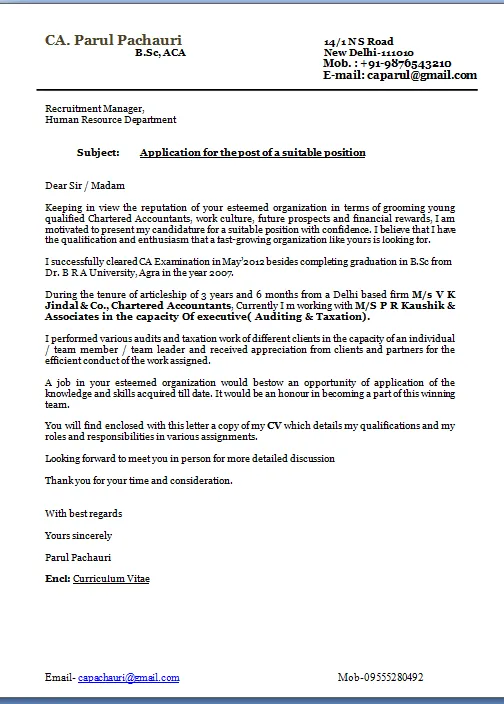
Before you write your cover letter, take the time to research the company. Visit their website, read their ‘About Us’ page, and check out their social media profiles. Learn about their mission, values, and culture. Understanding the company’s goals and priorities will help you tailor your cover letter to their specific needs. Identify any recent news or developments related to the company. If the company recently launched a new product, for example, you could mention your enthusiasm for their innovation in your cover letter. Researching the company also provides insights into their industry and competitive landscape. This knowledge will allow you to demonstrate your understanding of the company’s challenges and opportunities. This shows the hiring manager that you’ve done your homework and are genuinely interested in the opportunity. Your research should include information about their products or services, their target market, and their overall business strategy. This information will help you to craft a cover letter that is relevant, targeted, and impressive.
Address the Specific Job Requirements
Carefully review the job description and identify the key requirements and qualifications the employer is seeking. Then, tailor your cover letter to address those requirements directly. Highlight the skills and experience that align with the job description, providing specific examples to demonstrate how you’ve used those skills in the past. Use the same keywords and phrases that are used in the job description to show that you understand the role and are a good fit. If the job description mentions specific software or tools, be sure to highlight your proficiency in those areas. When addressing the specific job requirements, don’t just repeat the information from your resume. Instead, elaborate on your skills and experience, providing context and demonstrating how you can contribute to the company’s success. Show that you’ve taken the time to understand the role and are excited about the opportunity. By addressing the specific requirements, you’ll increase your chances of getting noticed and making a positive impression on the hiring manager. This targeted approach shows that you are serious about the job and have the skills and experience necessary to excel.
Formatting and Structure
A well-formatted cover letter is essential for making a positive first impression. Use a professional font, such as Times New Roman, Arial, or Calibri, and keep the font size between 10 and 12 points. Use standard margins of 1 inch on all sides, and single-space your letter. Use a clear and concise writing style. Avoid using jargon or overly complex language. Your cover letter should be easy to read and understand. Start with a formal salutation, such as ‘Dear Mr./Ms. [Last Name],’ and end with a professional closing, such as ‘Sincerely’ or ‘Best regards’. Use a business letter format, with your contact information at the top and the date. Your cover letter should be no more than one page long, and it should be well-organized, with a clear introduction, body, and conclusion. Proofread your letter carefully for any errors in grammar or spelling. This is a basic requirement, but important to note, so that a good first impression is maintained.
Cover Letter Dos and Don’ts
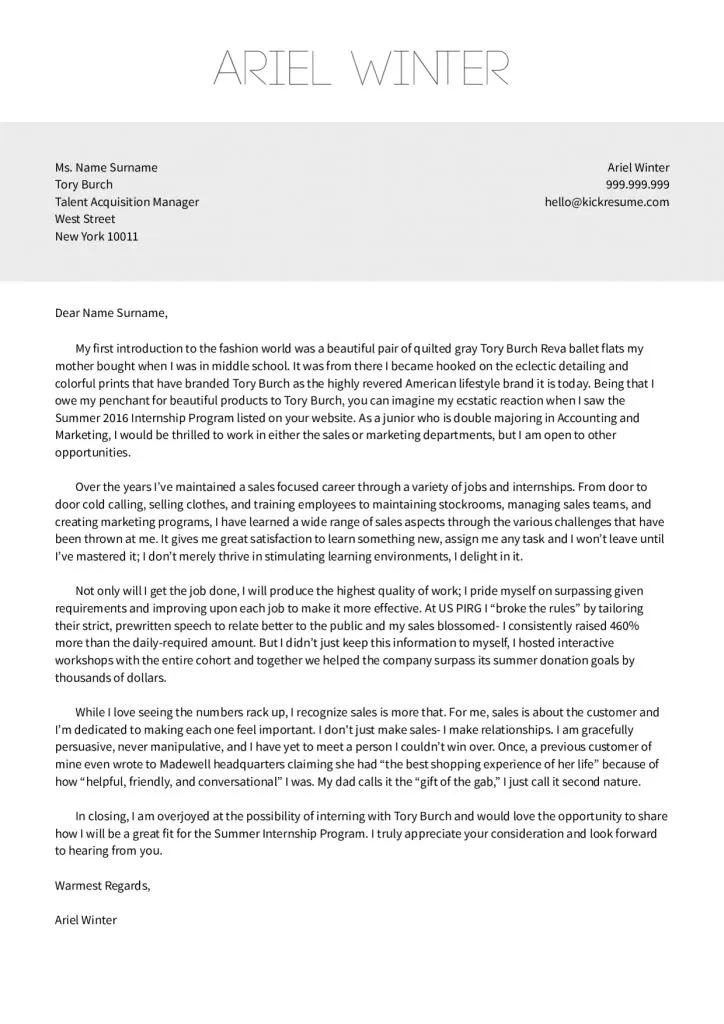
Dos
Tailor your letter to each specific job. Highlight your relevant skills and experience. Quantify your achievements with specific numbers and metrics. Use action verbs to describe your accomplishments. Proofread your letter carefully for any errors. Keep your letter concise and easy to read. Show enthusiasm for the opportunity. Research the company and the hiring manager.
Don’ts
Send a generic cover letter. Rehash your resume. Use jargon or overly complex language. Include any negative information about your previous employers. Exceed one page in length. Make spelling or grammatical errors. Be overly casual in your tone. Forget to include a call to action.
Proofreading and Editing
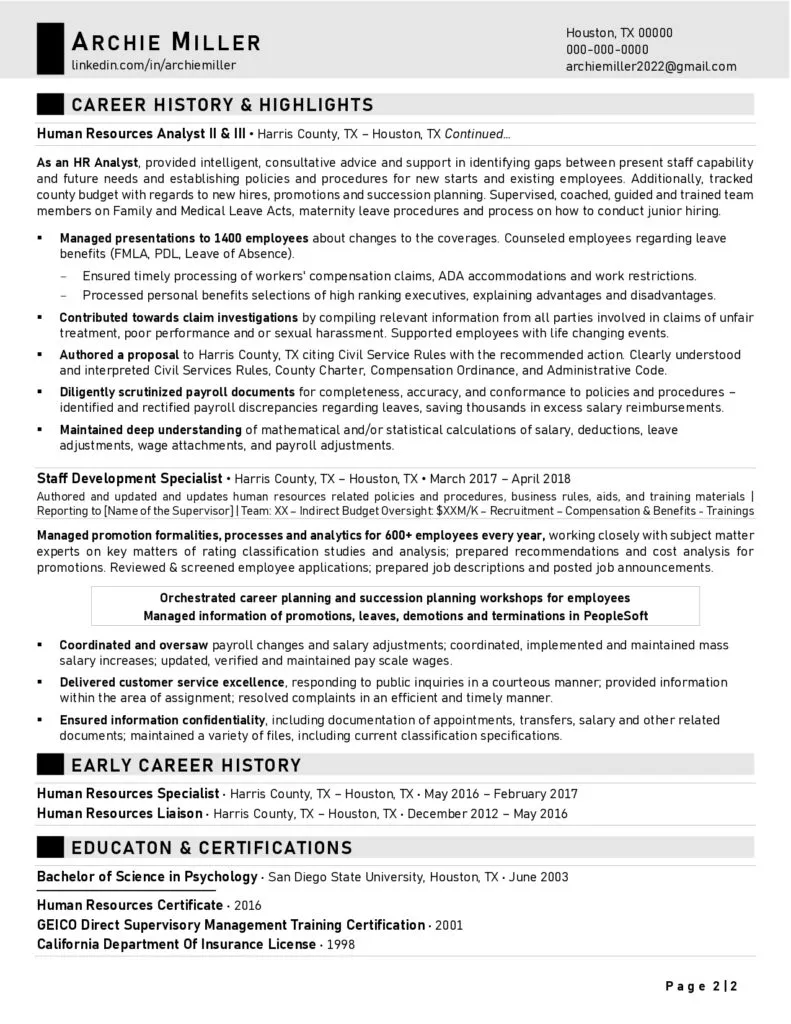
Before sending your cover letter, proofread it carefully for any errors in grammar, spelling, and punctuation. Errors can undermine your credibility and make you look unprofessional. Read your letter aloud to catch any awkward phrasing or grammatical mistakes. Ask a friend, family member, or career counselor to review your cover letter for feedback. They may catch errors that you missed. Ensure the formatting is consistent and easy to read. Use a professional font and standard margins, and make sure your letter is well-organized. Check that all the contact information is correct. Double-check the spelling of the hiring manager’s name and the company’s name. Proofreading is an essential step in the cover letter writing process, and it’s a small investment of time that can make a big difference in your job search success.
Call to Action and Closing
End your cover letter with a strong call to action. Clearly state your interest in the position and express your desire for an interview. Include your contact information, and thank the hiring manager for their time and consideration. Make it easy for the hiring manager to contact you. You might say, ‘I am eager to discuss my qualifications further in an interview.’ Or, ‘Thank you for considering my application; I look forward to hearing from you soon.’ It’s a good idea to restate your interest in the position and reiterate why you’re a good fit for the role. Your closing should be professional and polite. Consider using phrases like ‘Sincerely,’ ‘Best regards,’ or ‘Thank you for your time and consideration.’ Once you have a well-crafted cover letter, it will increase your chances of moving to the next step in the hiring process. Conclude by reiterating your enthusiasm for the opportunity and your belief that your skills and experience align perfectly with the job requirements. This final statement serves as a strong reminder of your qualifications and leaves the hiring manager with a positive impression of you.
